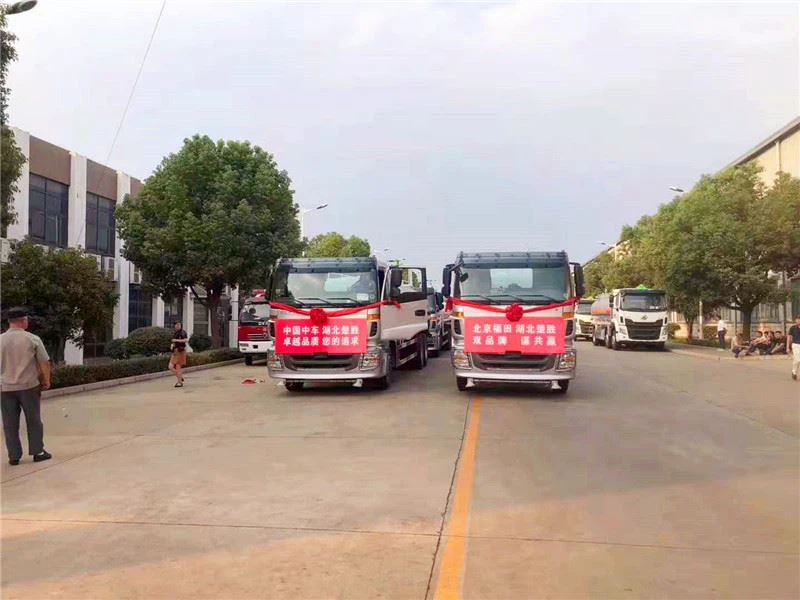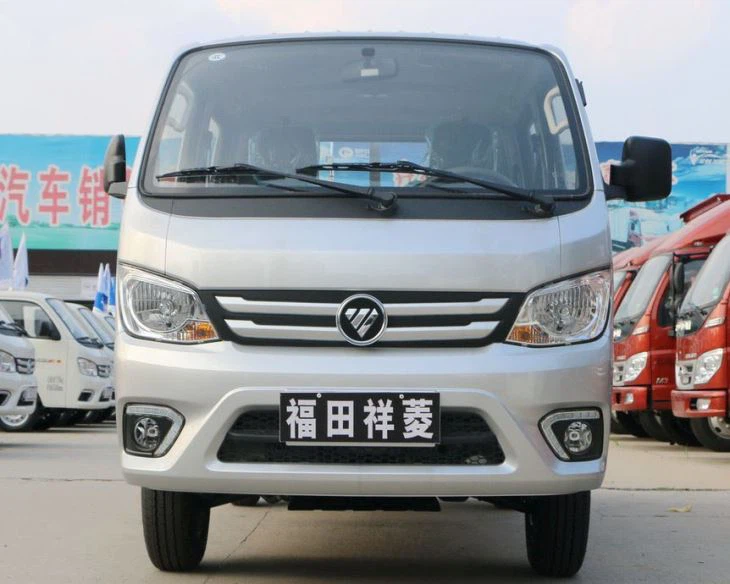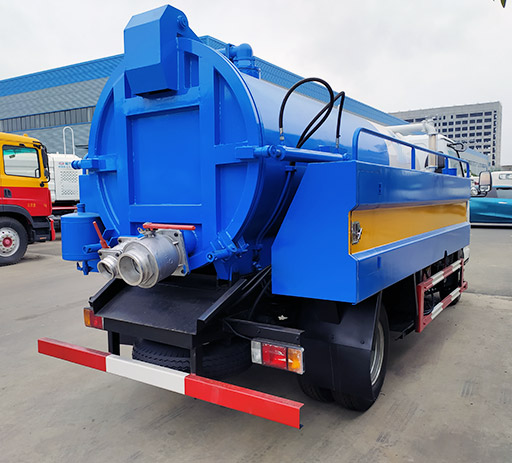Understanding Cab Styles on Trucks: A Comprehensive Guide

Introduction
When it comes to trucks, one of the most significant factors that influence functionality and comfort is the cab style. The cab serves as the essential living space for drivers and passengers, affecting everything from visibility and safety to cargo space and overall driving experience. In this article, we will delve into the various cab styles available on trucks, exploring their features, advantages, and suitability for different needs. Whether you’re a seasoned truck enthusiast or a first-time buyer, you will find valuable insights into the world of truck cabs.
1. Overview of Truck Cab Styles
Before diving into specifics, let’s summarize the main categories of truck cab styles. Generally, truck cabs can be classified into the following types:
- Regular Cab
- Extended Cab
- Crew Cab
- Super Cab
- Quad Cab
- Double Cab
2. Regular Cab
Defining Features
The Regular Cab is the most basic truck cab style, known for its simple design and compact size. Typically, it accommodates two to three passengers and offers a standard amount of cargo space.
Advantages
- Compact Size: Easier to navigate in tight spaces.
- Lower Weight: Improves fuel efficiency and handling.
- Cost-Effective: Generally, these trucks are less expensive to purchase.
Ideal Use Cases
Regular Cabs are ideal for daily drivers who primarily transport cargo and don’t require ample passenger space. They are often favored in construction and agricultural settings.
3. Extended Cab
Defining Features
Extended Cabs feature extended space behind the front seats, usually equipped with small rear seats that can accommodate additional passengers. These cabs offer a little more room without adding significant length to the vehicle.
Advantages
- Adds Extra Passenger Space: Suitable for families or work crews.
- Increased Cargo Versatility: More room for tools and equipment.
Ideal Use Cases
Extended Cabs are perfect for individuals needing occasional extra seating while still requiring a larger truck bed for cargo. They are popular among tradespeople and those who engage in outdoor activities.
4. Crew Cab
Defining Features
The Crew Cab is designed to provide maximum passenger space. It typically has four full-sized doors, allowing easy access to the rear seats. This design makes it comparable to a full-sized SUV in terms of space.
Advantages
- Maximum Passenger Capacity: Seats up to five or six people comfortably.
- Spacious Cargo Area: Provides a decent-sized truck bed, balancing space and functionality.
Ideal Use Cases
Ideal for larger families or those who transport groups regularly, Crew Cabs are also popular for recreational purposes, such as camping or road trips.
5. Super Cab
Defining Features
Super Cabs, a term used by specific manufacturers, refer to trucks that combine elements of both the Extended Cab and Crew Cab styles, offering more headroom and rear seat space. These cab sizes often feature a unique seating arrangement and provide more options for configurations.
Advantages
- Enhanced Comfort: More room for rear passengers.
- Adaptability: Configurations ideal for various needs from work to leisure.
Ideal Use Cases
Super Cabs are suited for buyers looking for extended rear seat space without committing to a full Crew Cab setup, striking a balance between passenger and cargo space.
6. Quad Cab
Defining Features
The Quad Cab is similar to the Crew Cab but is often seen in trucks produced by specific manufacturers. These vehicles provide spacious rear seating but differ slightly in design and access.
Advantages

- Spacious and Practical: Offers ample room for passengers or cargo.
- Functional Layout: Allows for easy entry and exit for rear passengers.
Ideal Use Cases
Quad Cabs are excellent for those needing versatile space for both passengers and gear, making them ideal for hobbies or work-related tasks.
7. Double Cab
Defining Features
Double Cab trucks exhibit a design similar to Crew Cabs, providing four full-sized doors and spacious seating for passengers in the rear. The distinction often lies in slightly smaller rear seating dimensions compared to Crew Cab variants.
Advantages
- Enhanced Practicality: Similar functions to Crew Cabs but may offer different engine options.
- Versatile Handling: Suitable for both driving and hauling cargo.
Ideal Use Cases
Double Cabs cater to families and commercial users who require practical setups without compromising on performance or cargo capacity.
8. Choosing the Right Cab Style for Your Needs
Selecting the appropriate cab style involves assessing your specific needs. Here are some critical considerations to keep in mind:
- Passenger Needs: Determine how many passengers you regularly transport.
- Cargo Requirements: Assess the amount and type of cargo you carry.
- Driving Environment: Consider where you’ll be driving – urban areas vs. rural settings.
- Budget: Align your choice with your budget constraints.
9. Practical Examples and Tips
Example 1: Construction Worker
A construction worker may find the Extended Cab more beneficial due to the balance between seating and cargo space, allowing for tools and occasional rides with coworkers.

Example 2: Family Road Trips
A family looking to take road trips would benefit from the Crew Cab, providing enough room for kids and luggage without compromising comfort.
Tips
- Test drive different models to see what feels comfortable.
- Consider future needs; a growing family may require more space later.
- Evaluate long-term maintenance; larger cabs may incur higher costs in the long run.
10. FAQ Section
What is the best cab style for everyday driving?
For everyday driving, the Regular Cab is often best due to its compact size and fuel efficiency, ideal for commuters who don’t need extra seating.
Are Crew Cabs more expensive than Regular Cabs?
Generally, yes. Crew Cabs tend to be more expensive due to their larger size, more complex construction, and added features.
Can I customize truck cab styles?
Absolutely! Many manufacturers offer customization options, including aftermarket modifications for additional seating, storage, or luxury features.

Which cab style offers the best visibility?
Regular Cabs often provide the best visibility due to their smaller size and less obstructed view, though Crew Cabs feature larger windows for enhanced sightlines.
Is a Crew Cab worth the extra cost?
If you regularly need to transport multiple passengers or gear, the extra cost of a Crew Cab can be justified by the added comfort and functionality.
How does cab style affect fuel efficiency?
Generally, Regular Cabs are more fuel-efficient due to their lighter weight. Larger cabs like Crew Cabs can impact fuel economy adversely due to their increased size and weight.
